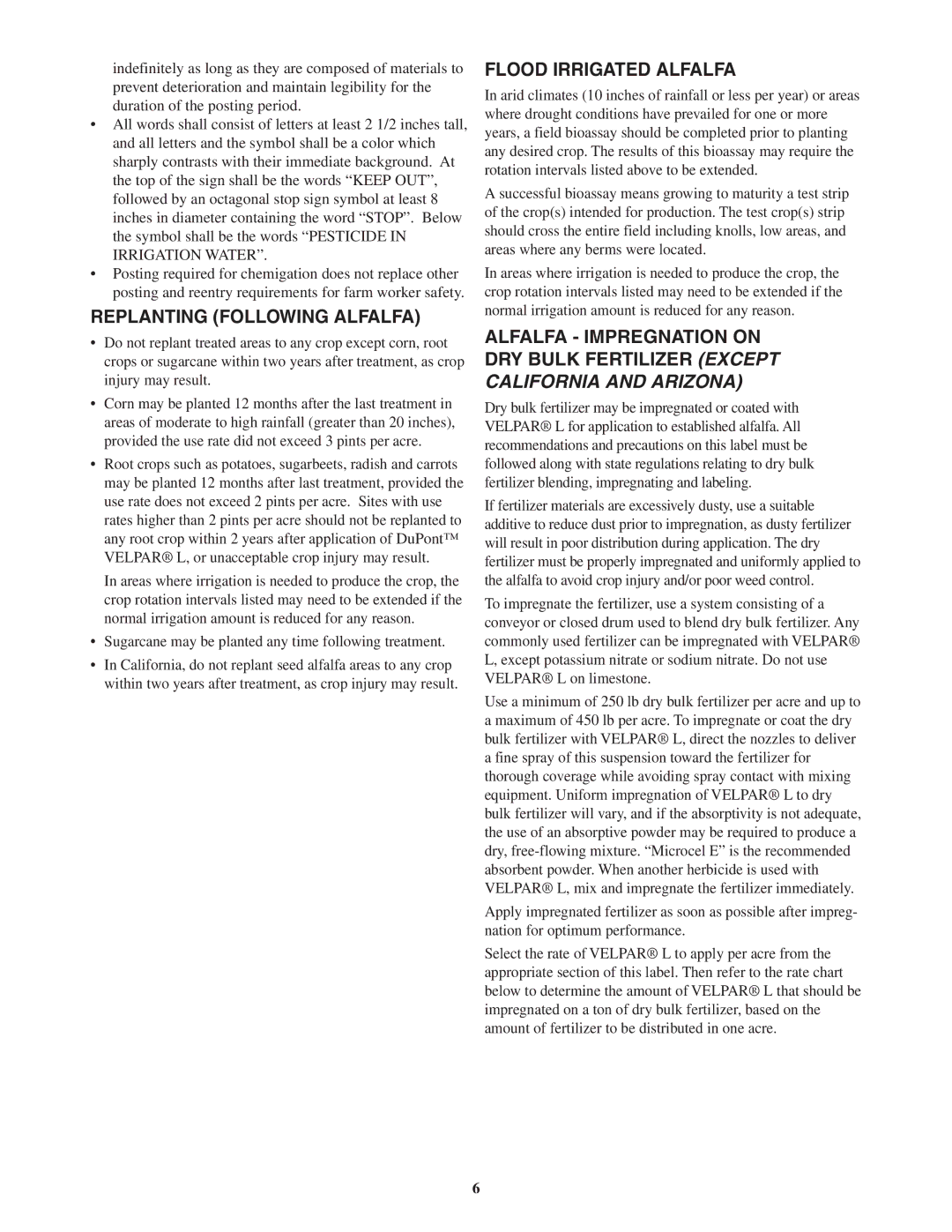H - 65396 specifications
DuPont Authentication H - 65396 is a cutting-edge product designed to address the increasing demand for secure identification and verification solutions in various industries. This innovative offering by DuPont integrates advanced technologies to provide robust security features while ensuring ease of use and adaptability across different applications.One of the main features of DuPont Authentication H - 65396 is its ability to offer high-level security through the integration of multiple authentication technologies. This product leverages physical security measures, digital encryption, and biometrics to create a multi-layered defense system. By combining these technologies, DuPont ensures that the authentication process is not only effective but also resistant to unauthorized access and forgery.
Another notable characteristic of the DuPont Authentication H - 65396 is its versatility. It can be utilized in various sectors, including government, healthcare, finance, and even consumer products. The product is designed to be adaptable, allowing organizations to implement it seamlessly into their existing systems. This flexibility makes it an attractive option for businesses looking to enhance their security measures without overhauling their current processes.
The DuPont Authentication H - 65396 is also equipped with advanced data management features. It allows for real-time monitoring and data analytics, enabling organizations to track usage patterns and identify potential security threats. This capability enhances situational awareness and facilitates quicker response times to any suspicious activities.
Moreover, the durability and reliability of DuPont Authentication H - 65396 cannot be overlooked. Constructed with high-quality materials, the product is resistant to wear and tear, ensuring long-lasting performance. This aspect is particularly crucial for applications that involve frequent handling or exposure to harsh environments.
In summary, DuPont Authentication H - 65396 stands out as a powerful authentication solution, characterized by its multi-faceted security features, adaptability to various applications, and robust data management capabilities. With its focus on reliability and performance, this product is set to meet the evolving needs of businesses looking to safeguard their assets and maintain the integrity of their operations. The incorporation of advanced technologies positions DuPont as a leader in the authentication space, making the H - 65396 a valuable asset in any organization’s security arsenal.
